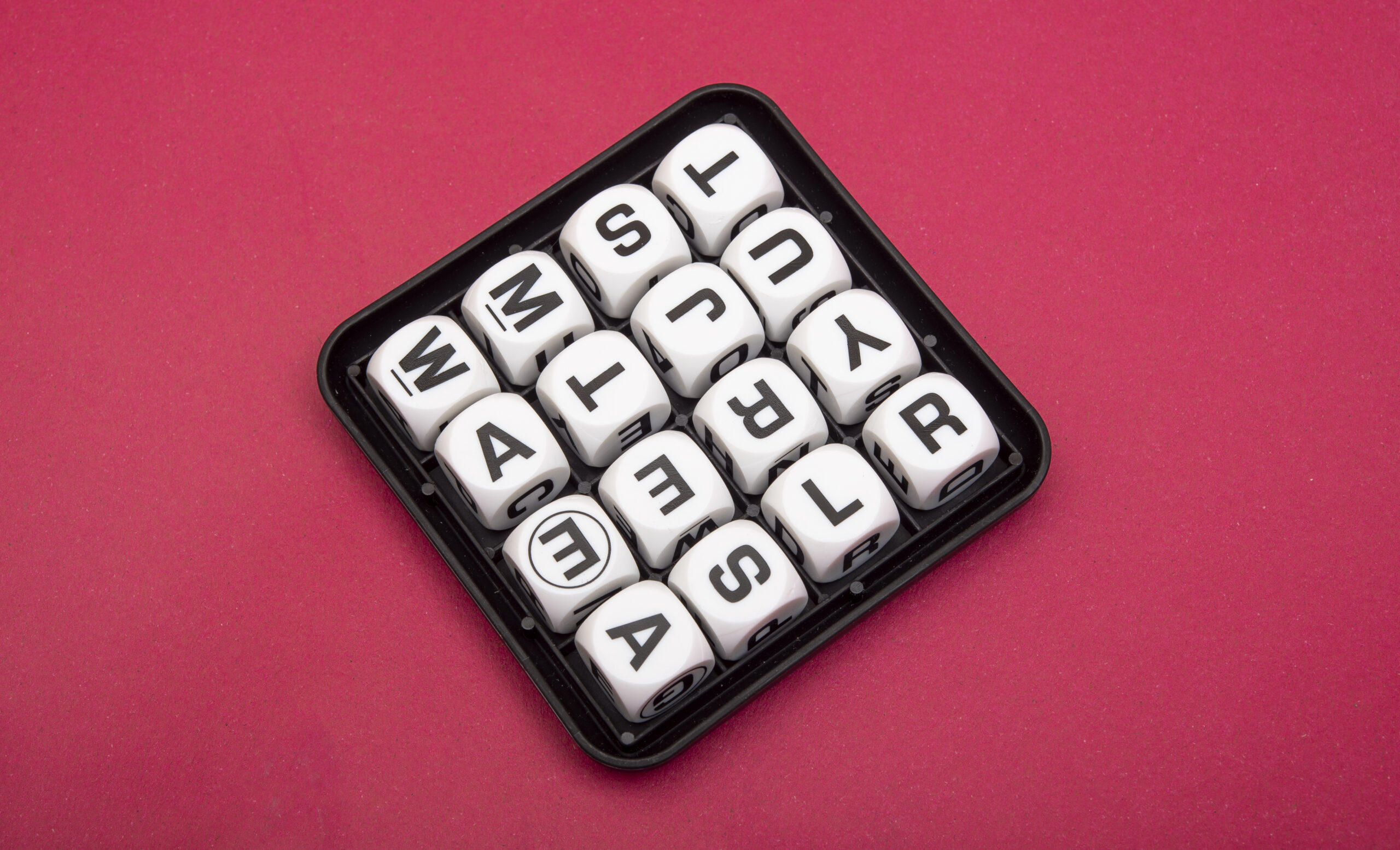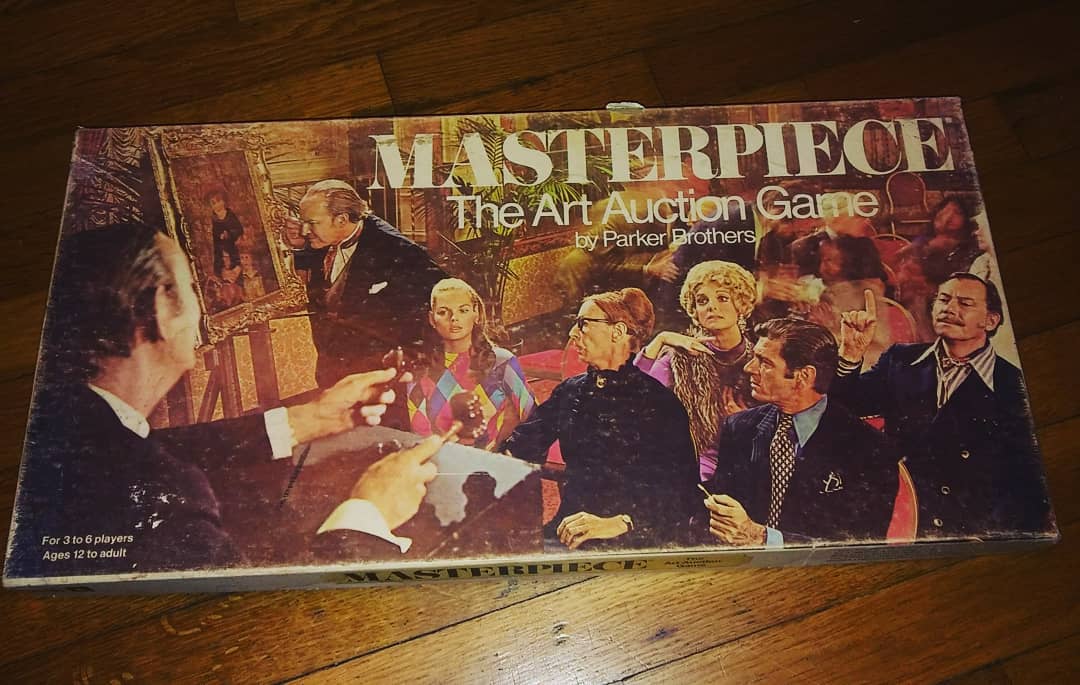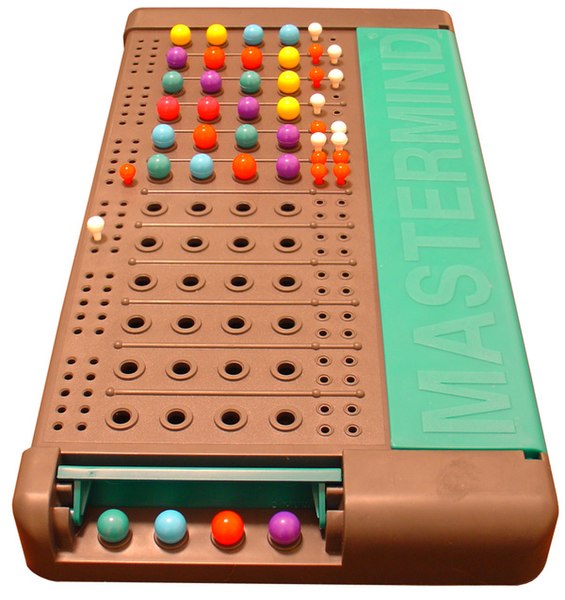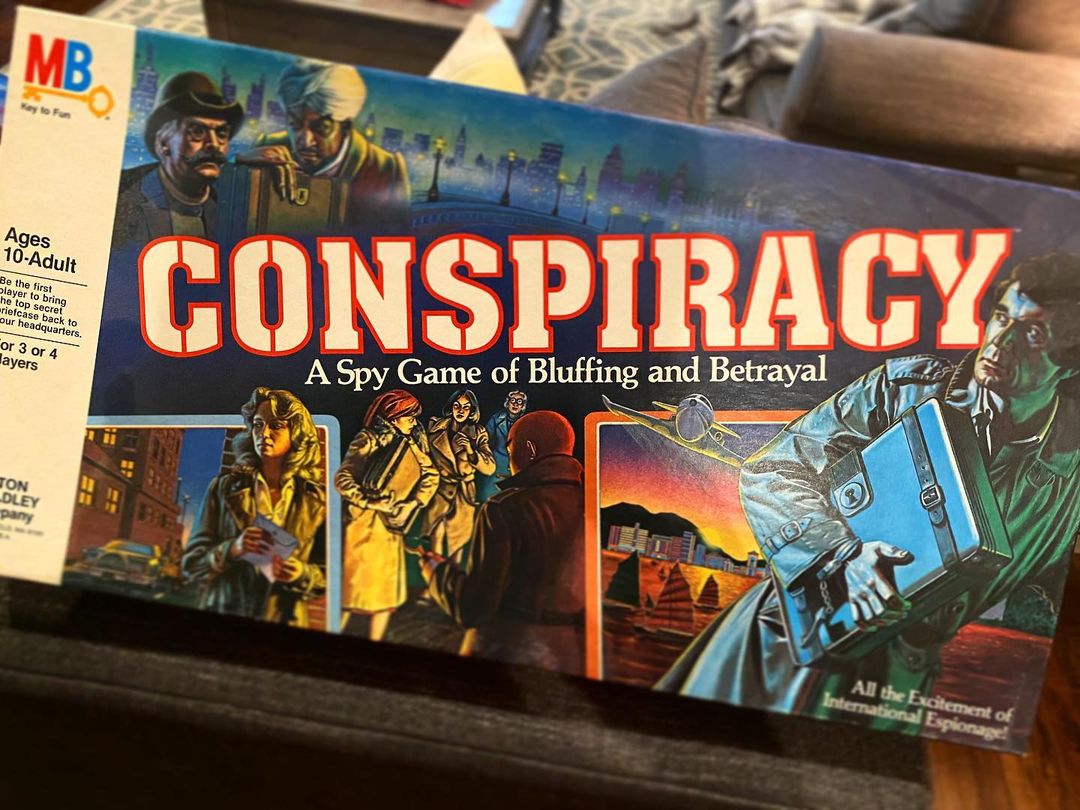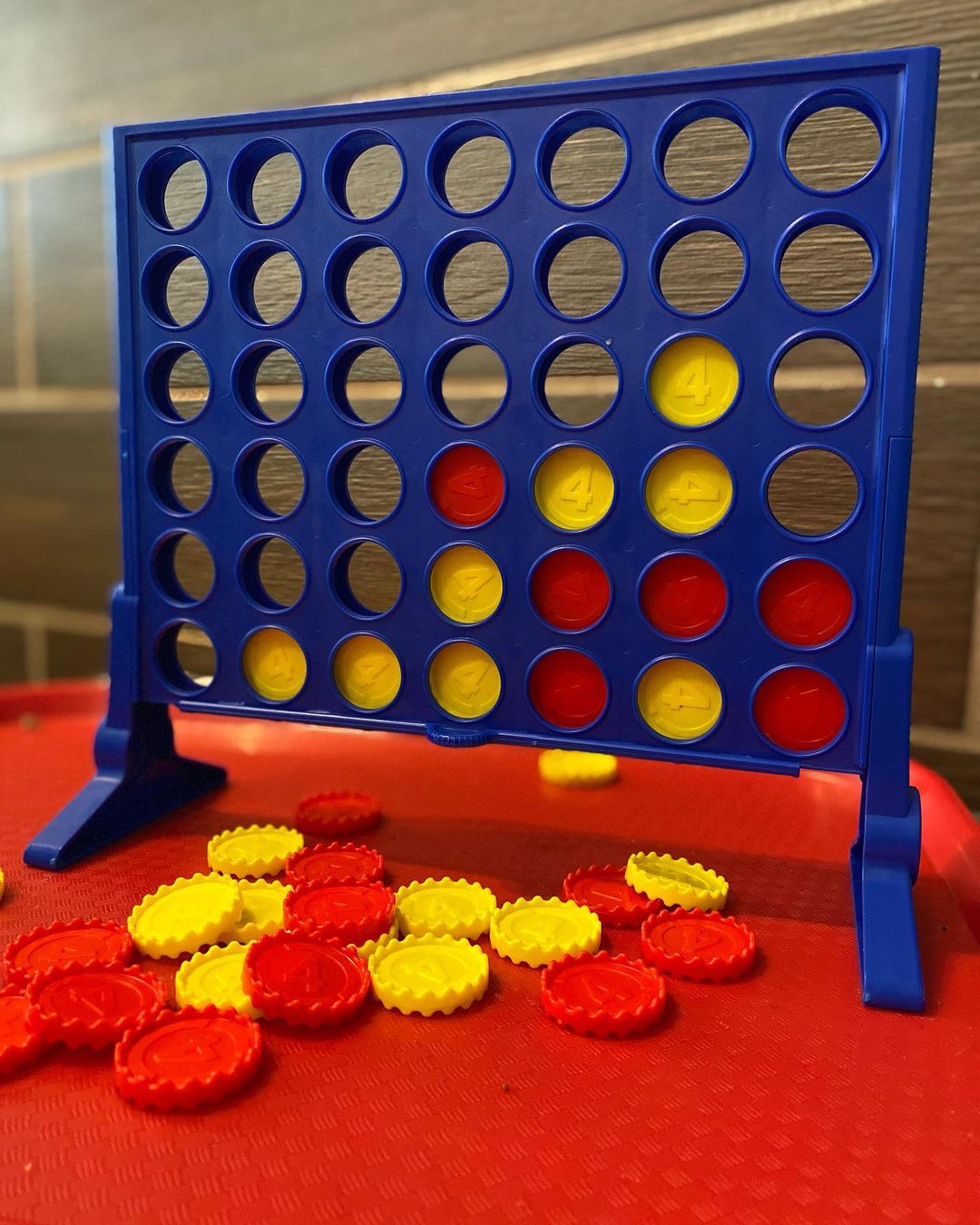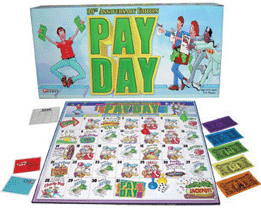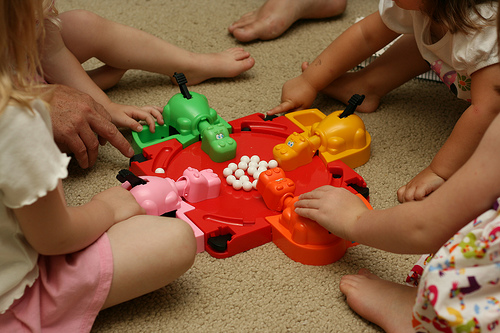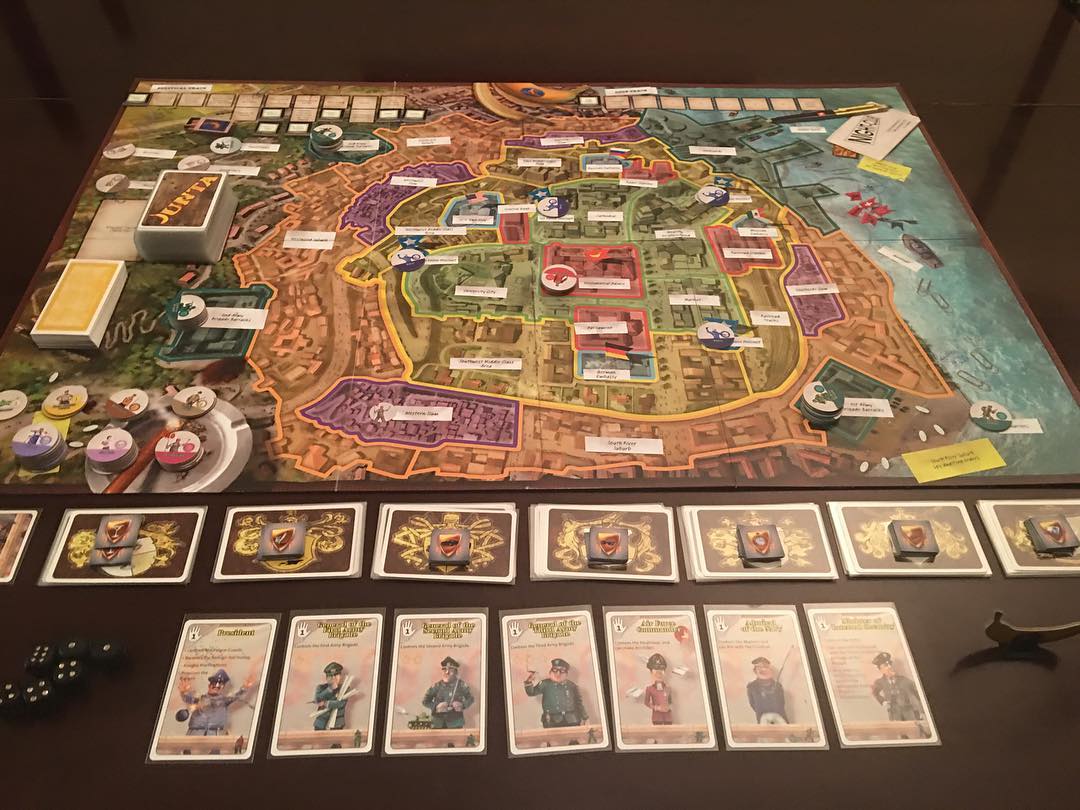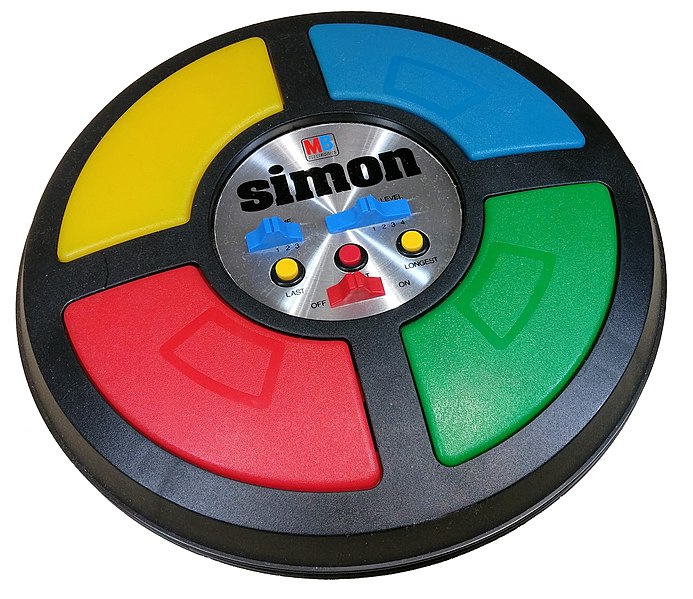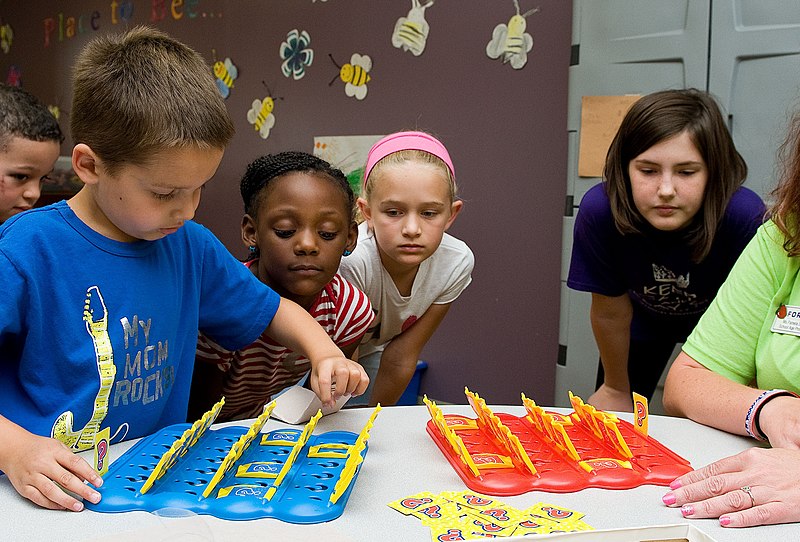For decades, board games have been a favorite in many households, entertaining both kids and adults. They are inexpensive and provide an excellent opportunity to spend time with loved ones. There were a lot of great board games in the 1970s. Still, only a handful have remained popular and enduring due to their innovative design and sheer enjoyment factor. Here are a few popular board games from the 1970s that board game lovers and collectors may find again in modern toy stores and online.
- Masterpiece (1970)
In Masterpiece, players compete to make the most money and amass the greatest collection of paintings by selling and purchasing artwork at a fictitious auction. Each space on the board represents a different opportunity for players to earn money, acquire paintings from the bank, or sell paintings at auction.
- Mastermind (1971)
Mastermind is a code-guessing game where one person creates a code, and the others have to figure out what it is. A “codemaker” can win the game if all codebreaker players fail to decipher the secret code within 10 attempts. The “codemaker” must indicate whether or not a single peg on the board is correct. This is done by introducing a small red peg and whether or not many pegs are present but not in the appropriate spot by inserting small white pegs. This will aid codebreakers in deciphering the secret code.
- Boggle (1972)
Boggle is a word game played in a similar fashion to Scrabble, except that players compete to be the first to search as many words as they can on the board by sorting through a tray of jumbled letters. To begin, a player must load the tray with the letter cubes and cover it with the dome provided. After closing the tray, the player must shake it vigorously before setting it back down on the table while checking to see that each cube is correctly positioned on its corresponding tile. After then, each participant will have three minutes to locate as many words as possible; whoever finds the most words wins.
- Conspiracy (1973)
Eric Solomon, a British game designer, created the family game Conspiracy in 1973. It is suggested that a total of four people take part in the game for optimal fun. The game is suitable for those 8 and above and may be completed in around 90 minutes. Betting/wagering, bluffing, and memorization are the three abilities necessary for success in a game of Conspiracy. This game does not rely on luck because of the lack of dice and cards. A player’s success in the game depends on their ability to cooperate with others.
- Connect 4 (1974)
Connect 4 is a two-player game that is essentially a race to see who can be the first to link up four discs of the same color. Due to the increased complexity introduced by the more significant number of tiles required to complete a game of Connect 4, the game takes somewhat longer to play than a game of Tic-Tac-Toe. The classic abstract strategy game Connect 4 does call for some ability and a sharp eye. Unless they briefly turn their attention away from the game, certain players are practically invincible. The game Connect 4 will always be popular among gamers.
- Pay Day (1974)
Players of Pay Day try to put away as much cash as they can while their characters travel around a board shaped like a calendar. However, most players won’t be able to put away all of their cash because so many tiles in the game cost money. When they get to the last day of the month, they can cash out and start over at the start of the following month. The winner will be the person who has saved the most money in less than two months, although the game’s length is up to the participants.
- Hungry Hungry Hippos (1978)
The original game Hungry Hungry Hippos aims to gather as many little balls from the pit as possible by moving your hippos on the board and letting them eat them. Each player is responsible for pressing the hippo’s tail to cause it to open its mouth and releasing it when it closes again. The player with the most balls at the end of the round wins.
- Junta (1978)
The Junta players stand in for the wealthy and corrupt elite of the Banana Republic. If a player dies, all of their money and Junta cards are lost, and they can’t play again until the next turn. At this point, another family member steps up to assume the responsibilities of the deceased. This is true even though players are frequently executed or assassinated in the game. To emphasize this permanent identity, each player receives a family token that has no functional impact on the game itself. However, the cards representing Cabinet posts are swapped out after each turn.
- Simon (1978)
In Simon’s game, players must push the color lenses in the correct order to repeat randomly generated sequences of lights and sounds. The game’s rapid pace, flashing lights, and pulsating music make it a formidable test of skill. There are four different colored buttons on the gadget, each with its unique sound when pressed or engaged. After the device lights up one or more buttons in a random order, the player must then hit the buttons in the same order to advance to the next round. The greater the difficulty, the more buttons will need to be pushed.
- Guess Who? (1979)
Guess Who? is a guessing game for two players in which they take turns trying to determine which of two characters the other player has picked. Players take turns guessing the other’s secret identity by asking yes/no questions about their chosen mystery character. When they feel confident in their ability to identify their opponent’s mystery character, they make an informed guess. A player is eliminated from the game if their guess is incorrect.
Board games are a great way to spend time with loved ones away from electronic devices. Playing games together is a great way to build rapport and have fun. Although all of the aforementioned board games are entertaining in their own right, it may become increasingly more work to track down copies of some of them shortly, given the gradual waning popularity of board games in general.
